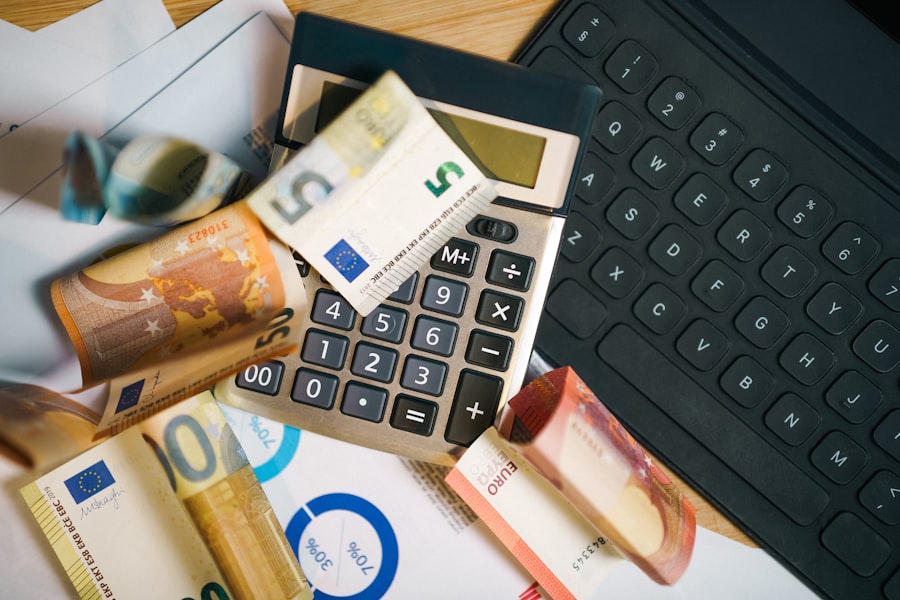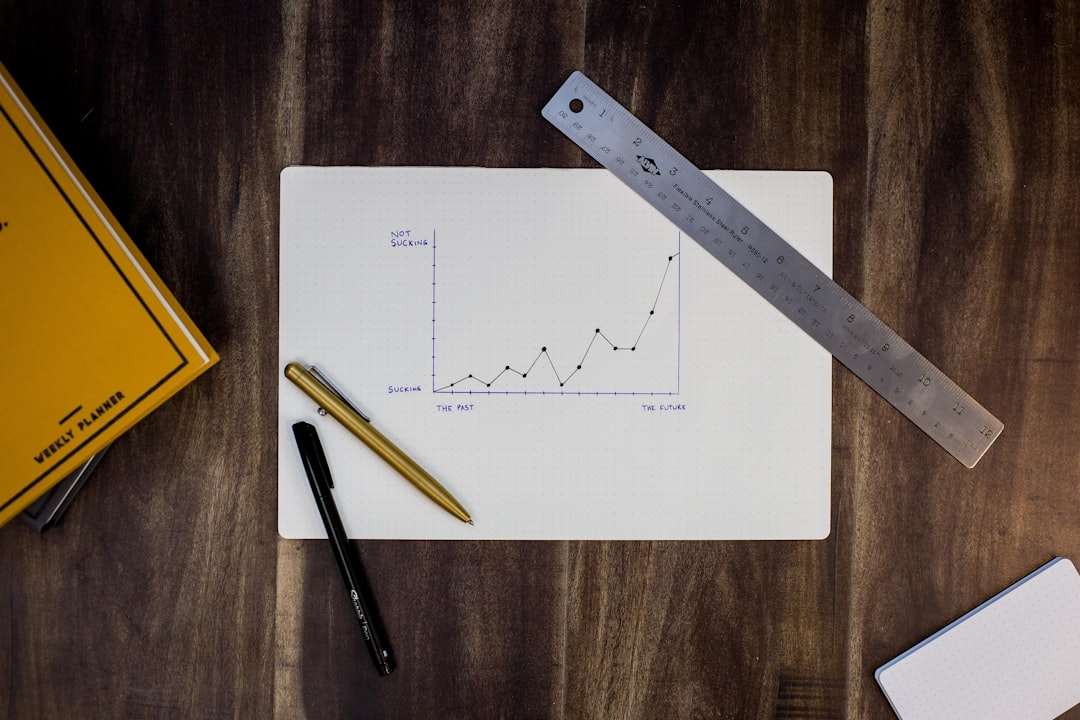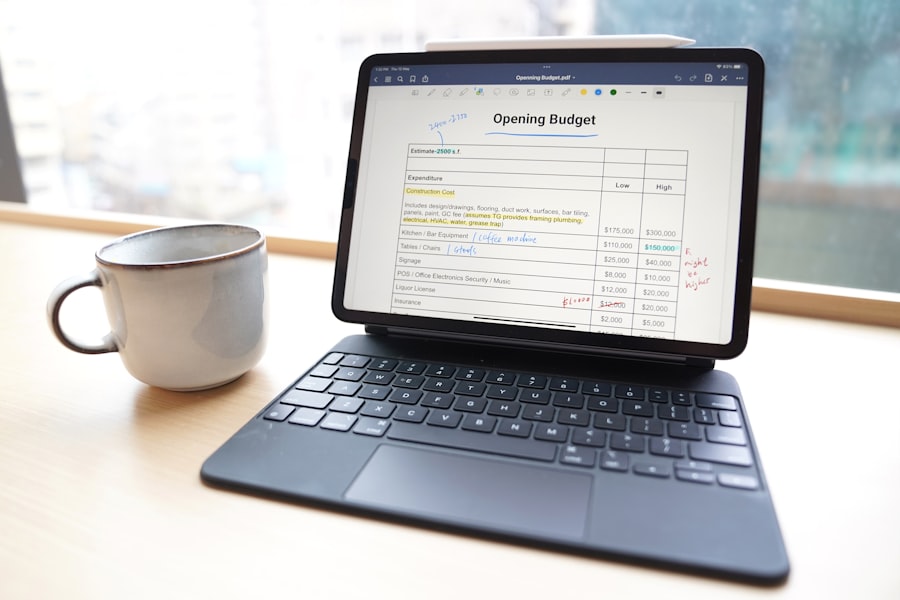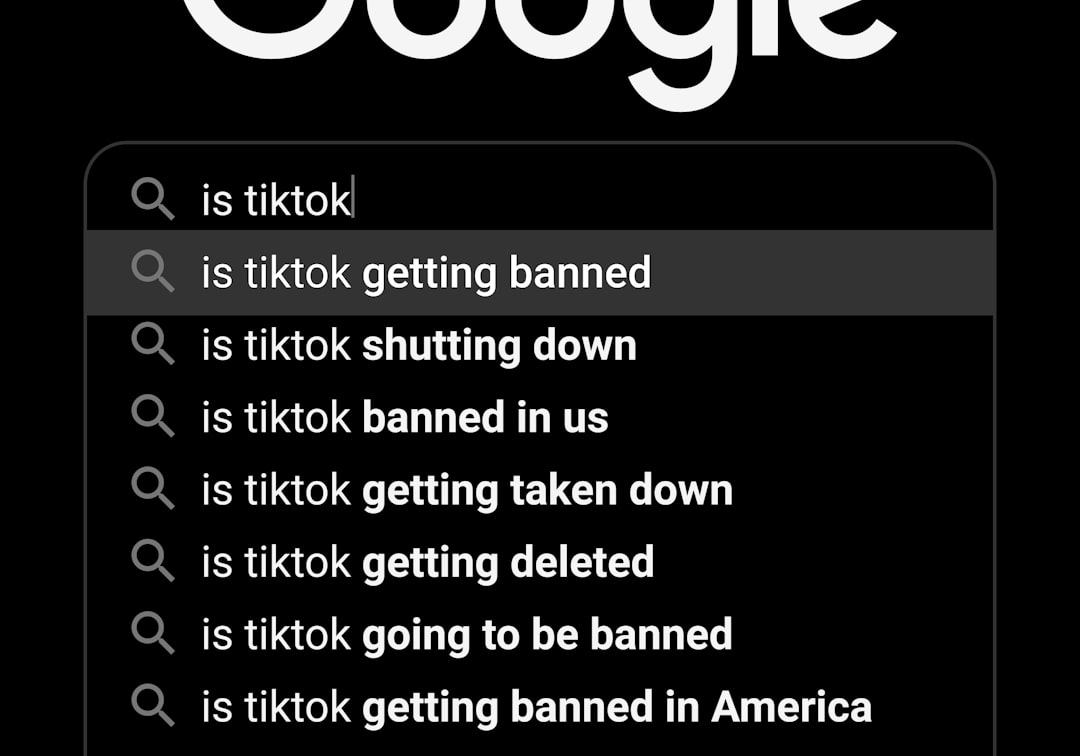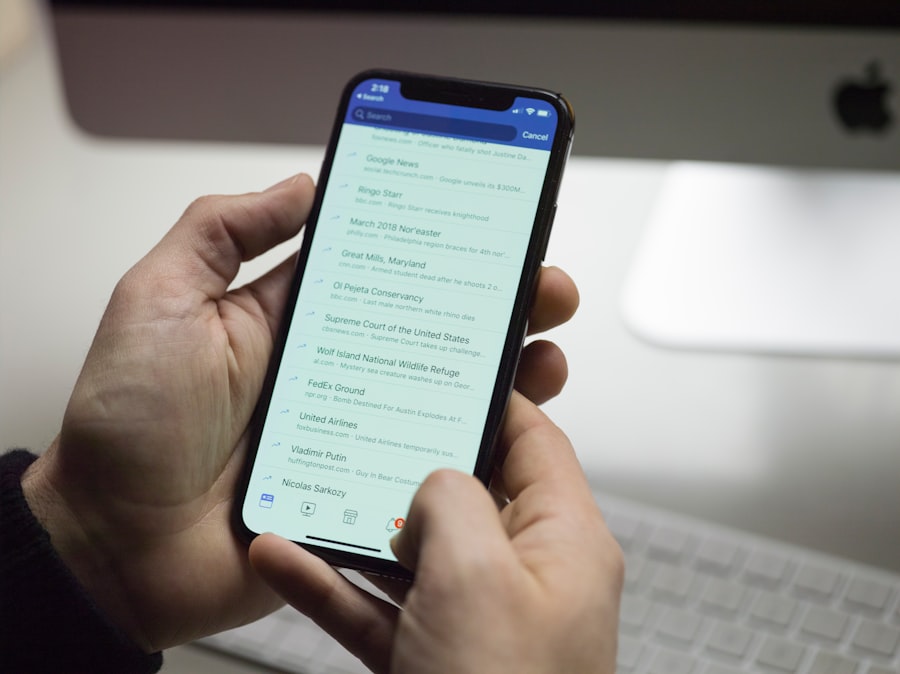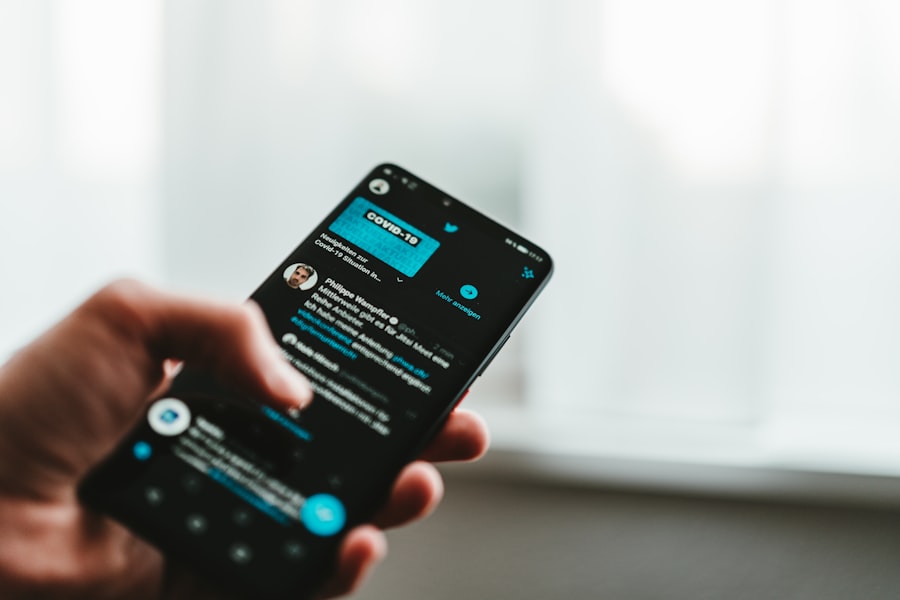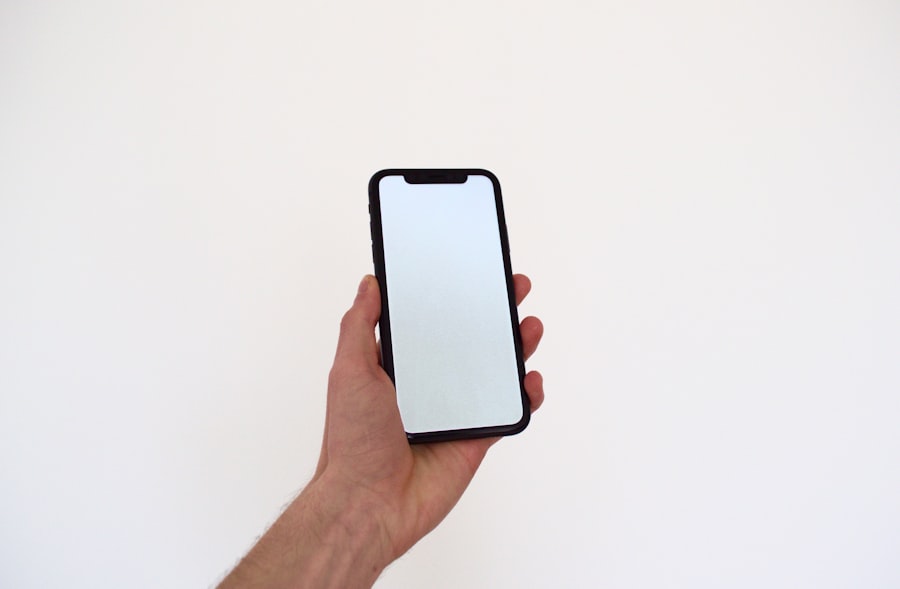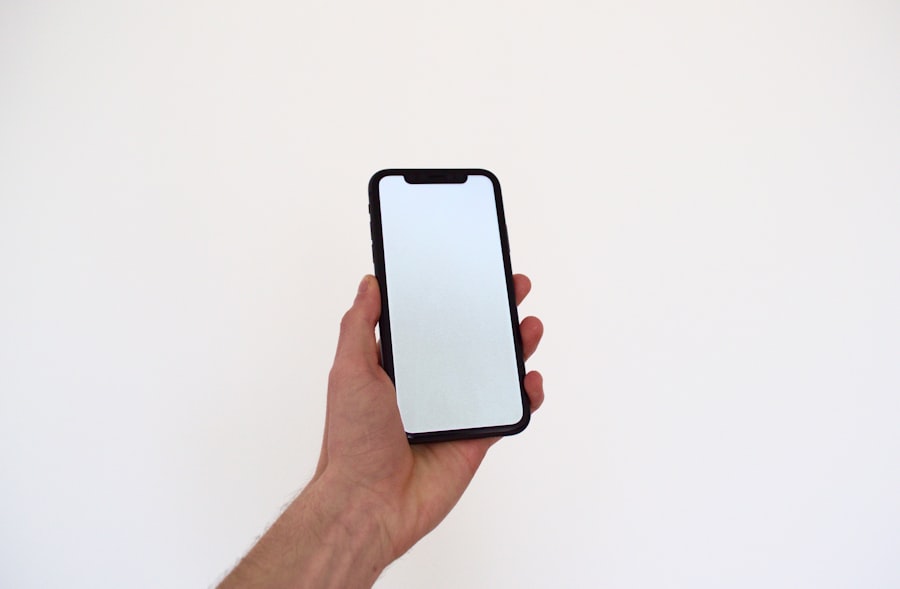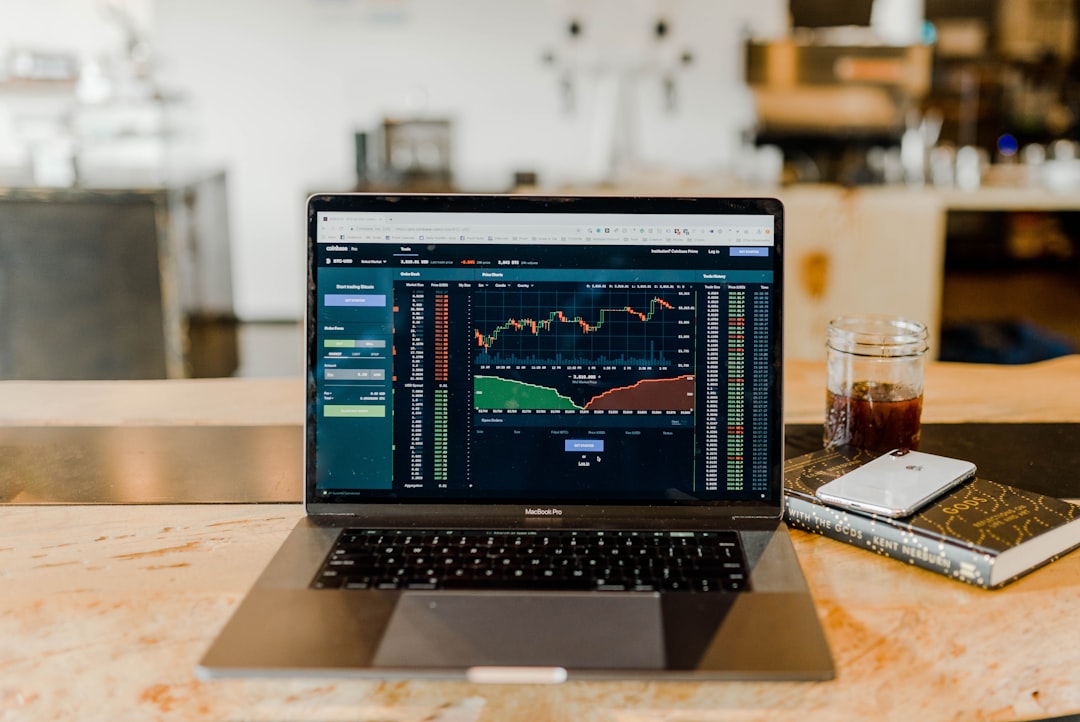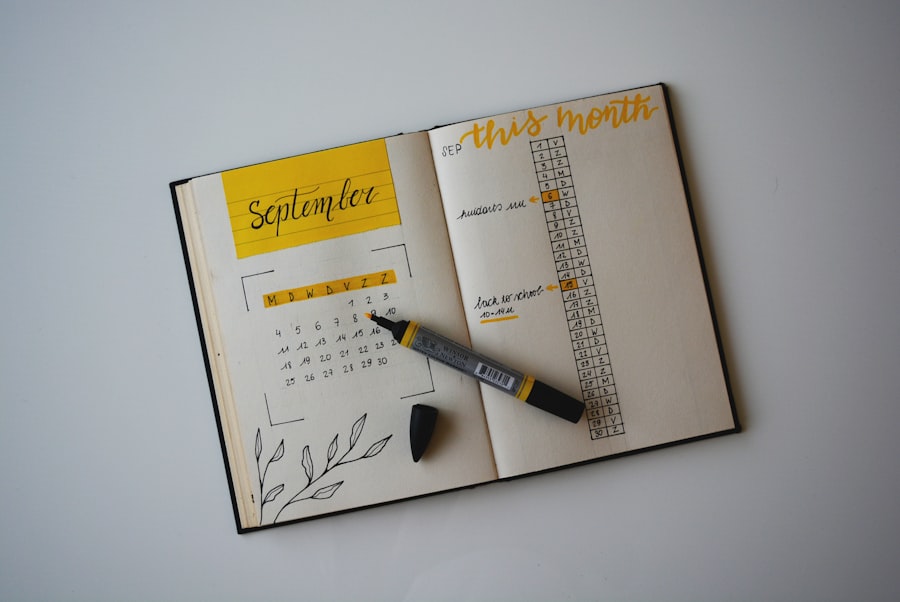In an era where financial literacy is more crucial than ever, budgeting apps have emerged as indispensable tools for individuals seeking to manage their finances effectively. These applications provide users with the ability to track their income, expenses, and savings goals in a streamlined manner, making it easier to maintain financial health. With the proliferation of smartphones, budgeting apps have become increasingly accessible, allowing users to monitor their financial activities on-the-go.
The convenience of having a personal finance assistant in your pocket cannot be overstated, as it empowers users to make informed decisions about their spending habits. The rise of budgeting apps can be attributed to the growing awareness of the importance of financial planning. Many people find themselves overwhelmed by their financial obligations, leading to stress and anxiety.
Budgeting apps serve as a solution to this problem by offering a structured approach to managing money. They not only help users visualize their financial situation but also encourage them to set realistic goals and adhere to them. As we delve deeper into the features and functionalities of these apps, it becomes evident that they are not just tools for tracking expenses; they are comprehensive platforms that can transform the way individuals interact with their finances.
Key Takeaways
- Budgeting apps help users track and manage their finances on the go
- Key features to look for in a budgeting app include expense tracking, goal setting, and customizable budget categories
- The best iPhone budget app offers a user-friendly interface, real-time syncing, and comprehensive reporting
- Setting up a budget in the app involves inputting income, expenses, and setting budget limits for different categories
- Tracking expenses and income in the app allows users to see where their money is going and make adjustments as needed
Features to Look for in a Budgeting App
When selecting a budgeting app, it is essential to consider various features that can enhance the user experience and improve financial management. One of the most critical aspects is user-friendliness. An intuitive interface allows users to navigate the app effortlessly, ensuring that they can input data quickly and access information without frustration.
A well-designed app should also offer customization options, enabling users to tailor their budgeting categories according to their unique financial situations. Another vital feature is the ability to sync with bank accounts and credit cards. This functionality automates the tracking process, reducing the need for manual entry and minimizing errors.
Real-time updates on transactions can provide users with a clear picture of their spending habits, allowing for timely adjustments to their budgets. Additionally, many budgeting apps offer reporting tools that generate visual representations of spending patterns, such as graphs and charts. These insights can be invaluable for identifying areas where users may need to cut back or allocate more funds.
The Best iPhone Budget App: A Detailed Review

Among the myriad of budgeting apps available for iPhone users, one standout option is YNAB (You Need A Budget). YNAB has garnered a loyal following due to its robust features and educational approach to budgeting. The app operates on a unique philosophy that encourages users to allocate every dollar they earn towards specific expenses or savings goals.
This proactive approach helps users take control of their finances rather than simply reacting to their spending. YNAB’s interface is sleek and user-friendly, making it easy for both beginners and seasoned budgeters to navigate. The app allows users to create customizable categories for their expenses, which can be adjusted as needed.
One of its most notable features is the ability to set goals for each category, whether it’s saving for a vacation or paying off debt. YNAB also offers comprehensive reporting tools that provide insights into spending trends over time, helping users make informed decisions about their financial future. Furthermore, YNAB’s commitment to education is evident through its extensive library of resources, including webinars and tutorials that teach users effective budgeting strategies.
Setting Up Your Budget in the App
| Steps | Details |
|---|---|
| 1 | Open the app and go to the budget section |
| 2 | Enter your monthly income |
| 3 | Allocate funds to different categories such as groceries, bills, entertainment, etc. |
| 4 | Set savings goals and track your progress |
| 5 | Review and adjust your budget as needed |
Setting up a budget within a budgeting app like YNAB is a straightforward process that can be completed in just a few steps. First, users need to link their bank accounts and credit cards, which allows the app to import transactions automatically. This feature not only saves time but also ensures that users have an accurate view of their financial situation without the hassle of manual entry.
Once accounts are linked, users can begin categorizing their expenses. YNAB encourages users to think critically about their spending habits by prompting them to create categories that reflect their priorities. For instance, someone who enjoys dining out may allocate a larger portion of their budget to restaurants while minimizing discretionary spending in other areas.
After categorizing expenses, users can set specific spending limits for each category based on their income and financial goals. This step is crucial as it establishes a framework for responsible spending and helps users stay accountable.
Tracking Your Expenses and Income
Tracking expenses and income is at the heart of effective budgeting, and YNAB excels in this area by providing real-time updates on financial activities. As transactions are imported from linked accounts, users can easily categorize them according to their predefined budget categories. This automation not only saves time but also reduces the likelihood of errors that can occur with manual entry.
In addition to tracking expenses, YNAB allows users to monitor their income streams effectively. Users can input various sources of income, whether it’s a salary, freelance work, or passive income from investments. By having a clear overview of both income and expenses, users can make informed decisions about their financial health.
The app also provides alerts when users approach or exceed their budget limits in specific categories, enabling them to adjust their spending habits proactively.
Tips for Maximizing the App’s Effectiveness

Stay Adaptable with Regular Budget Reviews
Life is full of unexpected twists and turns, and your budget should be flexible enough to accommodate these changes. Regularly reviewing and adjusting your budget ensures it remains aligned with your current situation. This is especially important during significant life events, such as job changes, unexpected expenses, or shifts in financial goals.
Set and Track Financial Goals
Setting specific financial goals is a powerful motivator. YNAB allows you to create goals within each category, making it easy to track your progress over time. Whether you’re saving for a down payment on a house or paying off credit card debt, having clear goals in mind helps you stay focused and directed.
Take Advantage of Educational Resources
YNAB offers a wealth of educational resources to help you deepen your understanding of budgeting principles and strategies. By engaging with these resources, you’ll be better equipped to make informed financial decisions, leading to better outcomes for your financial future.
Integrating the App with Your Financial Goals
Integrating a budgeting app with broader financial goals is essential for achieving long-term success in personal finance management. Users should begin by defining clear objectives—whether it’s building an emergency fund, saving for retirement, or planning for a major purchase. Once these goals are established, they can be incorporated into the budgeting app by allocating specific amounts toward each goal within the budget.
YNAB facilitates this integration by allowing users to create separate categories for savings goals alongside regular expenses. For example, if someone aims to save $5,000 for a vacation within a year, they can set aside approximately $417 each month in a dedicated category within the app. This approach not only helps users visualize their progress but also reinforces the importance of prioritizing savings alongside everyday expenses.
Moreover, regular check-ins on these goals can foster accountability and motivation. Users can celebrate milestones—such as reaching 50% of their savings goal—which can encourage continued commitment to their financial plans.
Taking Control of Your Finances with the Best iPhone Budget App
In today’s fast-paced world, taking control of one’s finances is more important than ever, and utilizing a budgeting app like YNAB can be a game-changer in this endeavor. By providing tools for tracking income and expenses, setting goals, and offering educational resources, these apps empower individuals to make informed financial decisions that align with their aspirations. As users become more adept at managing their budgets through these applications, they often experience reduced financial stress and increased confidence in their ability to achieve long-term goals.
The journey toward financial stability may require dedication and discipline; however, with the right tools at hand, anyone can take charge of their financial future and work towards achieving their dreams.
If you are looking for a budget app for your iPhone, you may also be interested in learning how to make a budget tracker in Excel. This article from Valapoint provides easy steps to create a budget tracker using Excel, which can be a useful tool for managing your finances. Check out the article here for more information on how to effectively track your expenses and savings. Additionally, you can also explore money management tips from Valapoint to further enhance your financial planning skills. Visit here for valuable insights on managing your money wisely.





